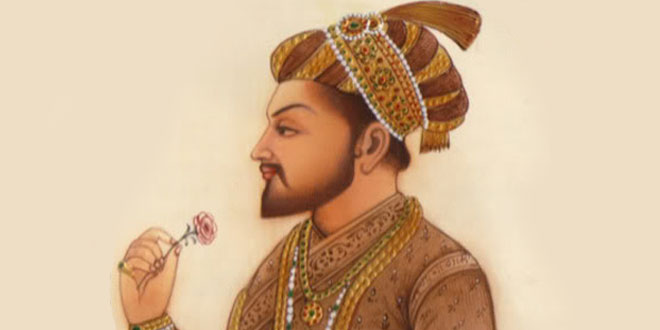Question: Why was it important for the Mughals to recruit mansabdars from diverse backgrounds and not just Turanis and Iranis?
Answer: The Mughals recruited mansabdars from diverse backgrounds because:
- It was important for the Mughals to recruit mansabdars from diverse backgrounds and not just Turanis and Iranis in order to provide stability to the empire.
- Moreover, the problems of common folks would be understood better by the people living there.
- They came here to rule and to maintain the balance between the diversity of the country as well as to respect it, they recruited mansabdars from diverse backgrounds.
- They also don’t want the people to rebel against them on the issue of being a common mansabdars or privilege to Turanis and Iranis.
Question: Like the Mughal Empire, India today is also made up of many social and cultural units. Does this pose a challenge to national integration?
Answer: Today, India follow a culture or tradition of “unity in diversity”. People living here are united by the heart and loved the diversity of their own country. They consider this as their own motherland. Moreover, they got right to choose their own government and freedom to do what they want without harming anyone which was not the case under Mughal empire. It do face some challenge but it is like a drop in the sea. So, India is now integrated country with diversity as its USP and never pose a challenge to national integration.
Question: Name the rulers who invited Babur to India to defeat Ibrahim Lodi.
Answer: Rana Sanga of Mewar, Daulat Khan Lodi – the governor of Punjab invited Babur to India to defeat Ibrahim Lodi.
Question: Why did Humayun have to flee from his kingdom? Did he return?
answer: Sher Khan defeated Humayun in the Battle of Chausa in 1539 CE and in 1540 CE, Sher Khan dealt Humayun a final blow in the battle of Kannauj. Humayun fled to Sind, and then to Persia, where he remained in exile for 15 years.
In 1555 CE, Humayun took advantage of Sher khan’s weak successors to invade India. He captured Lahore, Agra and Delhi. Humayun, however, did not rule for long after his return to power. He died in 1556 CE. He was succeeded by his son, Akbar.
Question: Who were the participants in the Second Battle of Panipat? What was the result of the battle?
Answer: Akbar and Bairam Khan defeated Hemu, the general of the Afghan forces, in the second battle of Panipat.
Question: Name the ‘navratans’ in Akbar’s court.
Answer: Akbar was a great patron of art. He was known for the brilliance of the court he maintained. The navratans or ‘Nine jewels’ of his court were Mian Tansen, the court singer and musician, Abul Fazl, the court poet and chronicler, Bribal, who was known for his wit and wisdon, Todar Mal and Man Singh, a renowned general.
 Class Notes NCERT Solutions for CBSE Students
Class Notes NCERT Solutions for CBSE Students



BEST WEBSITE FOR STUDENTS TO GAIN KNOWLEDGE…
BEST WEBSITE FOR STUDENTS TO LEARN…
Good helping to the students